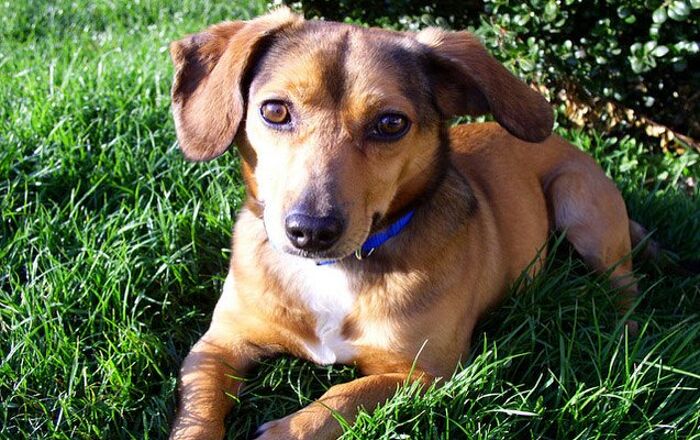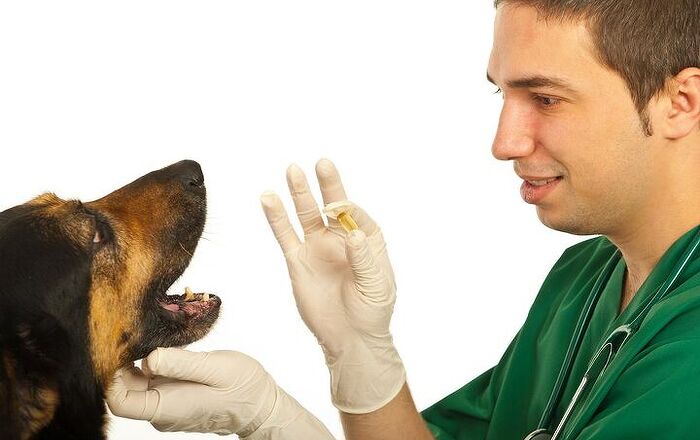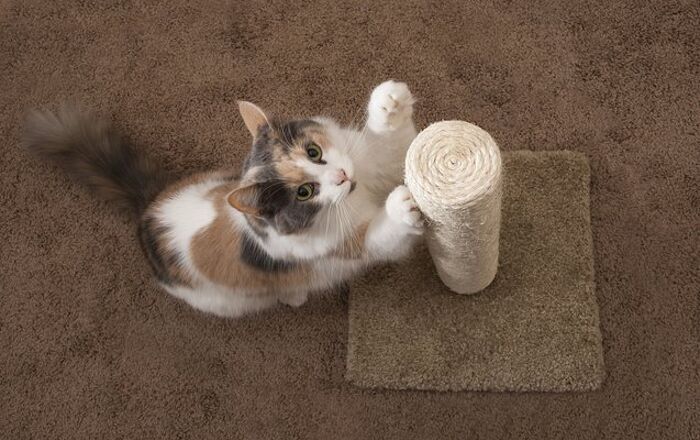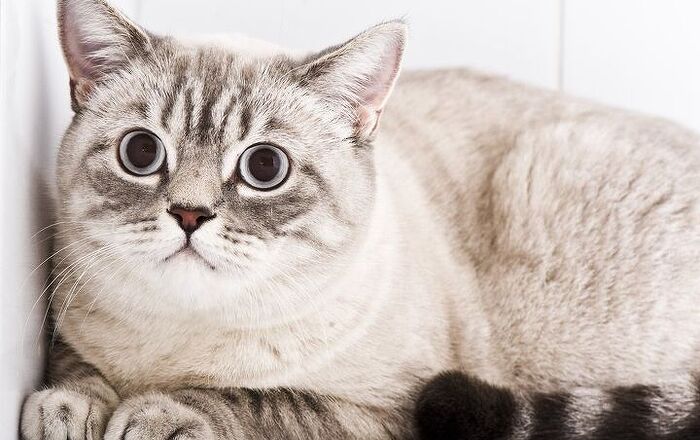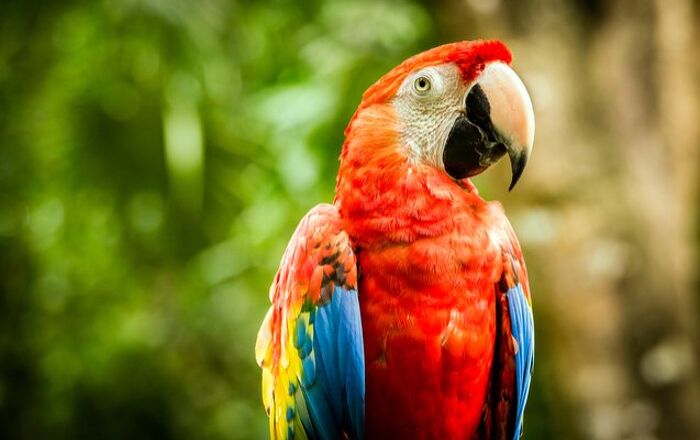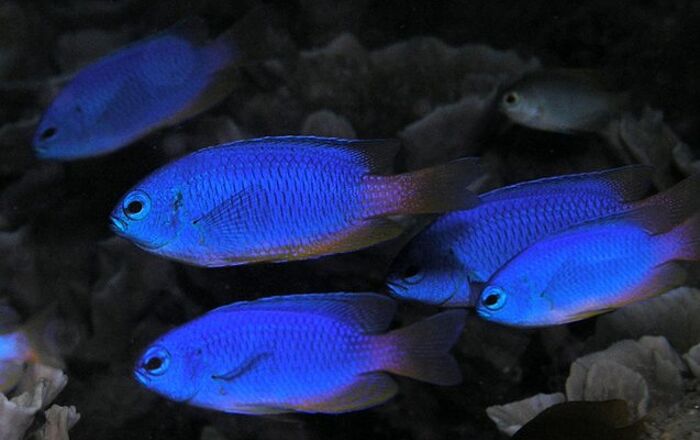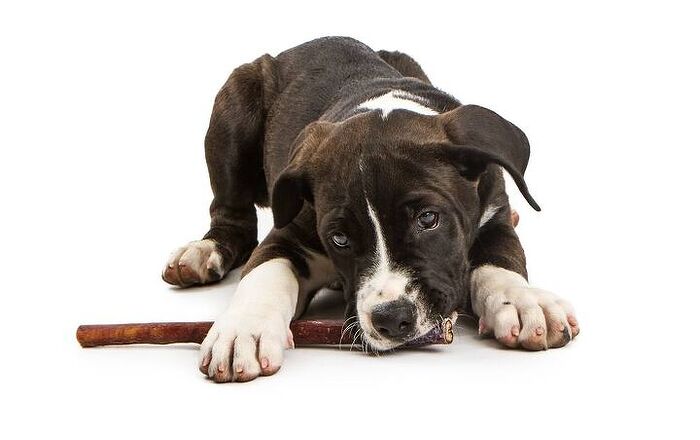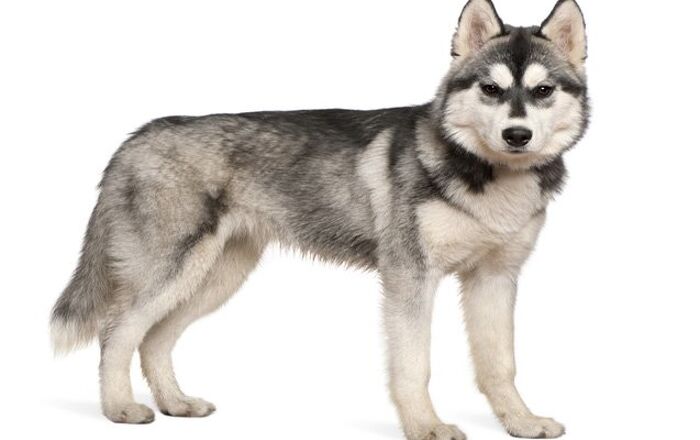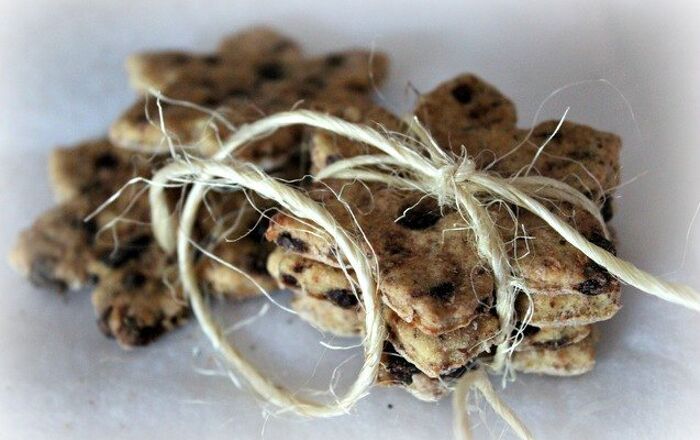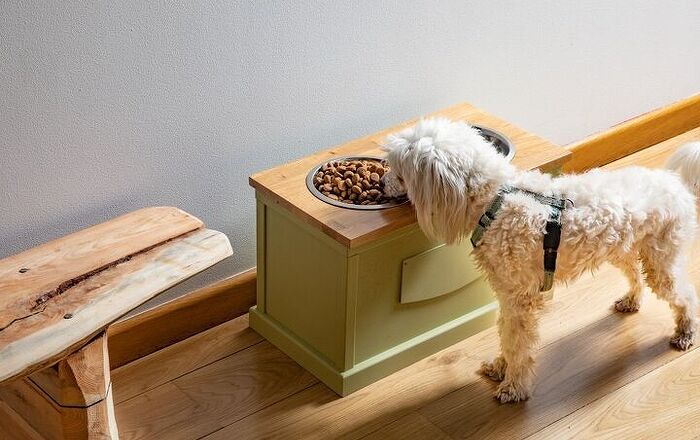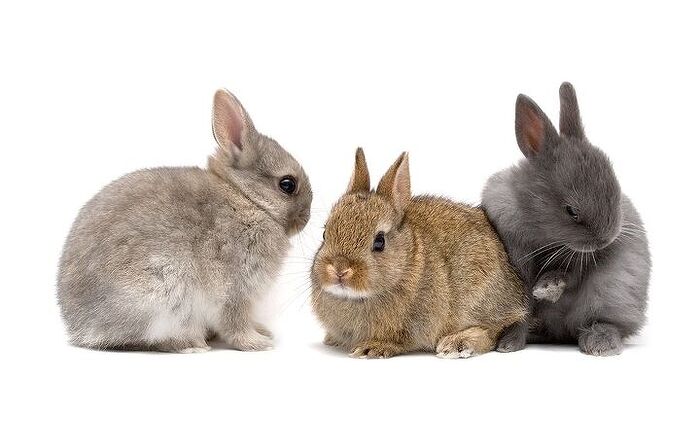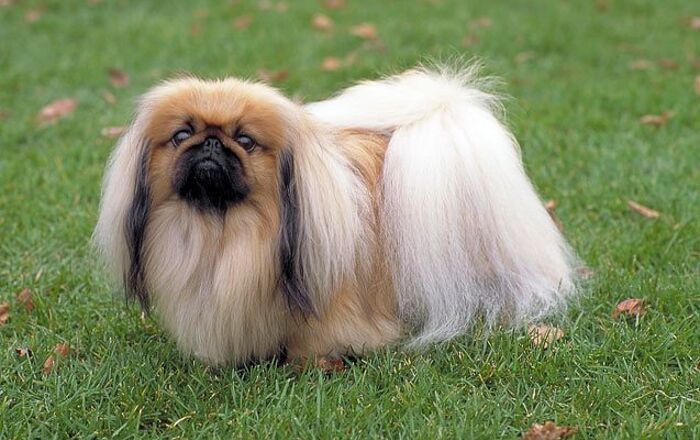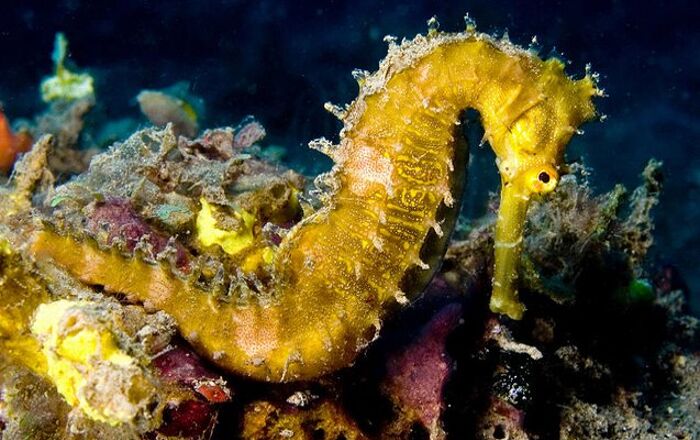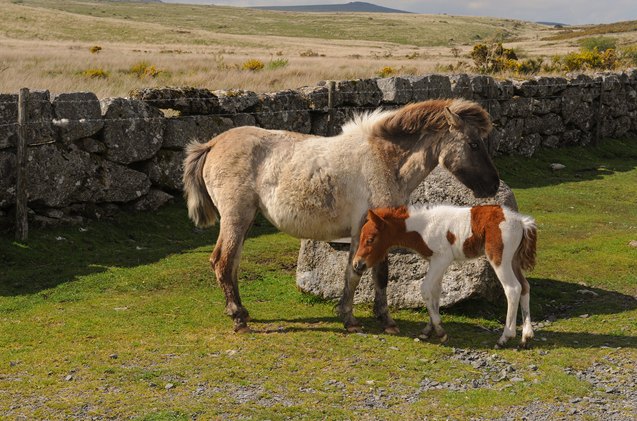
Dartmoor Pony Breed History
The Dartmoor Pony is from Devon, which is a county that is found in the southwestern part of England. The pony got its name from a wild portion of moorland that is called Dartmoor. This area is more than 1,000 feet above sea level, making the weather of Dartmoor intense and its terrain rocky with minimal vegetation.
As a result of these living conditions, the Dartmoor Pony evolved to be a hardy and sure-footed horse with plenty of stamina and an adaptability that allows it to survive in a variety of conditions. Dartmoor ponies have lived in that area for centuries, and because the breed developed over time on the moor and tough terrain, these ponies are still known for their high endurance level and strength.
Dartmoor ponies are strong enough for adults to ride them.
The history of the Dartmoor Pony could be traced all the way back to the Bronze age, when hoof prints, presumably of domestic animals and possibly of the Dartmoor Pony, were found on Shaugh Moor. Also, one of the earliest references ever recorded about the Dartmoor Pony is within the will of a Saxon Bishop named Awifwold of Crediton, who passed away in 1012.
During the medieval era, these ponies were utilized in order to transport tin from mines across the moors. To make this pony breed even more efficient, breeders started diluting the bloodline by cross breeding the animals with Shetland ponies. In the 17th and 18th centuries, the Dartmoor Pony breed suffered as a result, but after the area’s mines were shut down, the animals were set free on the moor again.
It was not until 1898 that attempts were made to preserve and register the Dartmoor Pony breed. A stud book was formed in 1924, when the first registry for the Dartmoor Pony was also developed.
Although these ponies suffered during World War I and World War II, efforts were made by locals to ensure the breed’s survival. Today, the Dartmoor Pony Moorland Scheme and the Dartmoor Pony Society have breeding programs that have helped to increase the number of ponies. These horses are now being raised throughout Australia, Europe, the United States, and other small countries.
Breed Traits
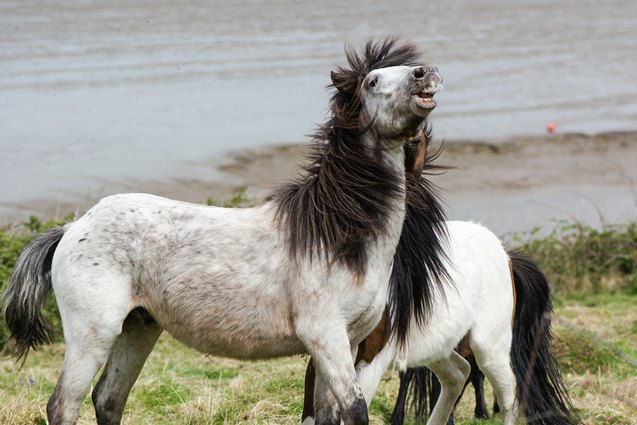
The Dartmoor Pony is medium in height, so it is ideal for children. However, these ponies are also strong enough for adults to ride them. Their movement is smooth, and they can be used for a variety of purposes because they are adaptable and versatile.
On top of that, these ponies make wonderful companions, thanks to their understanding disposition and their intelligence. These animals are even-tempered and kind, as well as reliable, gentle, and calm. They are a pleasure to work with and they are a wonderful addition to any family with children who wish to have a horse to call their own.
The Dartmoor Pony evolved to be a hardy and sure-footed horse.
Overall Description
Dartmoor ponies are attractive horses that feature a small head, eyes that are set widely apart, and ears that are alert and sharp. The throat and the jaw should be finely set, and the neck should be of medium length.
This pony’s shoulders will be slightly sloping and laid back, but they are not pronounced too much at the withers. Also, the body is small overall, but it is medium in length and it has a deep girth.
A Dartmoor pony’s hindquarters will be well muscled and noticeably strong. The tail, which is full flowing, will be set high, and there will be a full and flowing mane as well.
Dartmoor ponies are even-tempered, kind, and ideal for children.
Colors
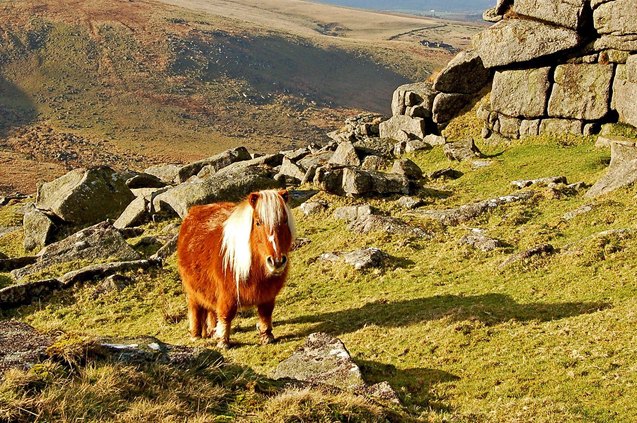
The Dartmoor Pony can showcase a variety of beautiful equine colors, except pinto. These commonly include black, gray, chestnut, bay, and roan. Skewbald and piebald, as well as excessive white markings, are also seen on some of these ponies, although they would not be considered for registration.
Grooming Requirements
Dartmoor ponies enjoy being around people, and they are gentle creatures, so they will enjoy every grooming session that you can provide. While shampooing and conditioning your pony is usually only necessary when your pet becomes very dirty, a standard equine grooming practice will ensure that the pony’s skin and coat will remain clean and healthy. Also, if you use a hoof pick to clean out your pony’s hooves at the end of each grooming session, you can also ensure that the hooves are in good condition, without any injuries or infections developing.
Use a curry comb, shedding blade, dandy brush, and body finishing brush to move from the head to the tail and clean all of the excess hair, debris, and dirt that has accumulated in your pony’s coat. The hair should be easy to smooth out with these tools, but you can concentrate on keeping the mane and the tail flowing and tangle-free by using a mane comb and a tail brush as well. And when cleaning sensitive areas, such as around the eyes and ears, you can use a dampened cloth rather than a brush.
Photo credit: Ian Redding/Bigstock; dpe123/Bigstock; Peter Turner Photography/Bigstock

